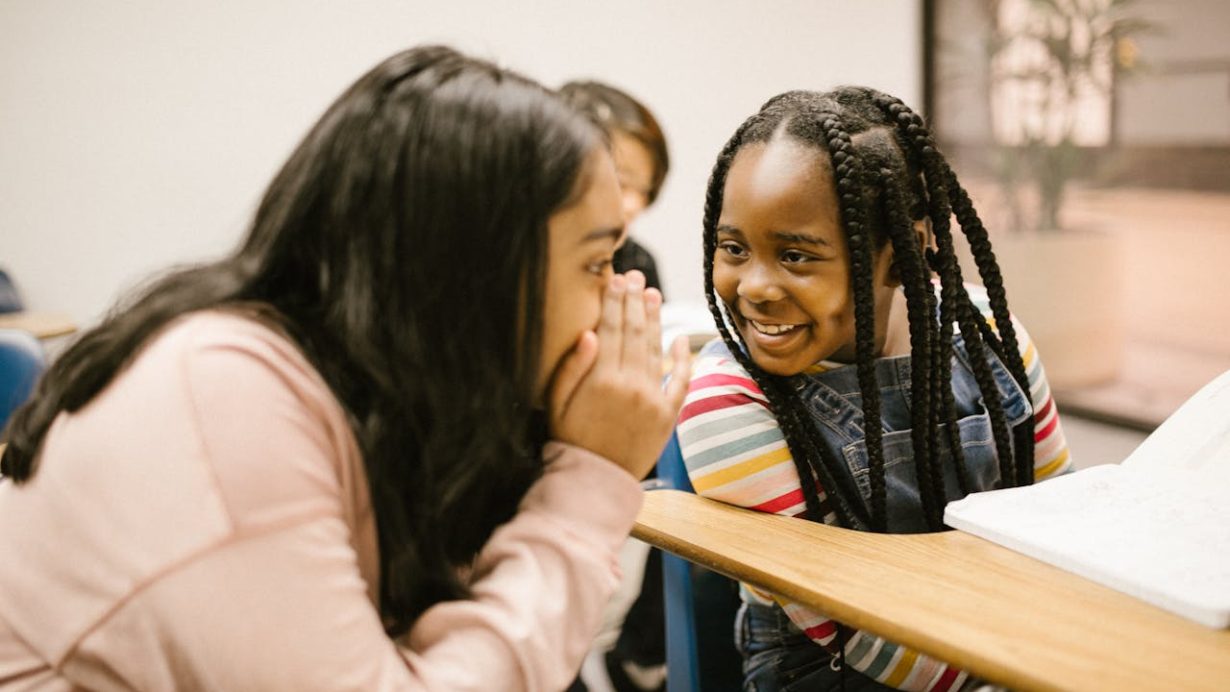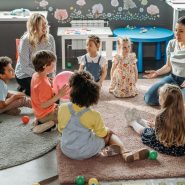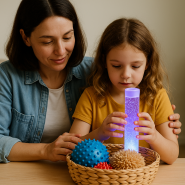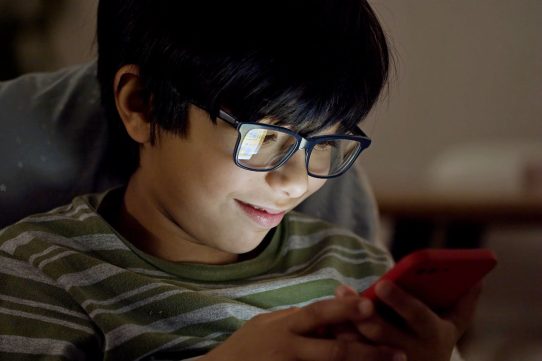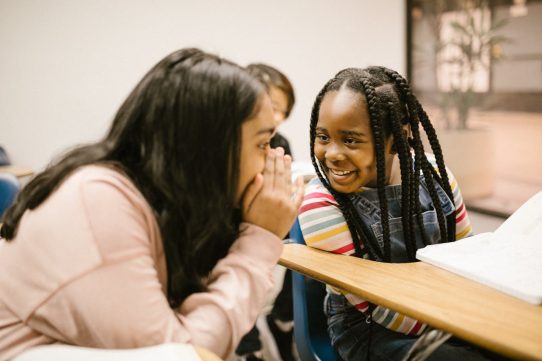Social skills are often described as the glue that holds relationships together — the small moments of connection, conversation, and understanding that make daily life flow smoothly. For many autistic children and adults, these interactions don’t always come naturally, not because of a lack of interest in others, but because the social world is built around neurotypical rules that can feel unclear or unpredictable.
Supporting social skills development means teaching communication and connection in ways that honor how an autistic person learns best. It’s about creating opportunities for understanding, not forcing conformity.
Rethinking What “Social” Really Means
For decades, social skills were taught as a checklist of behaviors — eye contact, turn-taking, smiling at the right time. But these approaches often missed the deeper truth: authentic connection doesn’t depend on mimicry; it depends on mutual understanding.
Many autistic individuals want friendship and interaction but find social exchanges confusing, exhausting, or inconsistent. A classroom full of shifting facial expressions and unspoken rules can feel like learning a second language without a translation guide.
When families and educators focus on communication styles rather than correction, social learning becomes more natural — and far less stressful.
Understanding Social Communication Differences
Autistic people often communicate with clarity and honesty. They may speak directly, skip small talk, or express interest through sharing facts instead of emotions. These traits are sometimes misread as disinterest, yet they reflect a different way of engaging.
Key differences to recognize include:
- Preference for literal language — sarcasm or idioms can be confusing.
- Challenges with reading nonverbal cues such as facial expressions or tone.
- Comfort with structured or one-on-one interactions instead of large groups.
- Unique rhythms in speech, eye contact, or body language.
Recognizing these patterns helps adults interpret intent correctly. What looks like withdrawal may actually be self-regulation; what sounds blunt may simply be straightforward communication.
Building Foundations Through Understanding
The first step in supporting social growth is acceptance. When children feel accepted as they are, they become more willing to explore new skills. Social learning is not about changing personality — it’s about giving tools for comfort and confidence in human interaction.
Start by creating safe, pressure-free environments where interaction is optional, not forced. Follow the child’s interests — whether it’s trains, art, or animals — and let connection grow around shared enjoyment rather than social expectation.
Small successes, like taking turns during a game or answering a question in class, build naturally when the experience feels positive.
Practical Social Learning Strategies
Parents and educators can use simple, structured strategies to encourage connection:
- Model clear communication. Speak slowly, use direct sentences, and describe what you’re doing.
- Use visuals and stories. Social stories, picture cards, or short role-plays help illustrate what’s expected in certain situations.
- Break skills into small steps. Instead of “make friends,” focus on achievable goals like saying hello, asking to join a game, or sharing materials.
- Use interests as bridges. Peer conversations around shared hobbies reduce anxiety and create natural interaction.
- Practice turn-taking games. Board games, storytelling circles, or cooperative art projects encourage patience and participation.
- Celebrate genuine effort. Reinforce progress with praise, not perfection.
Social skills grow best when they are embedded into daily routines, not taught in isolation. Real-world repetition builds confidence.
The Role of Play
Play is the most natural social classroom for children. Through play, they learn cooperation, communication, and empathy — all without lectures or flashcards.
For autistic children, the kind of play may differ. They might prefer parallel play (playing beside someone rather than with them) or structured play with clear rules. Both are valid. Adults can gently model new play ideas, invite turn-taking, and comment on shared interests without demanding interaction.
For example, if a child loves building blocks, say, “I like the red tower you made. Can I build one next to it?” rather than “You need to play with me.” The invitation, not the instruction, is what creates trust.
Encouraging Peer Relationships
Peer interaction can be a sensitive area, especially in school environments where social hierarchies are complex. Teachers and parents can help by setting up small, structured group activities that remove pressure and emphasize cooperation.
Good options include:
- Partner reading or collaborative art projects.
- Class jobs that require teamwork, like organizing supplies.
- “Buddy systems” that pair children with supportive peers.
Peers also benefit from education about autism. When classmates understand sensory differences and communication styles, inclusion becomes natural rather than forced.
Supporting Social Growth in Teens and Adults
As autistic children grow into adolescence and adulthood, social expectations change — and so do the challenges. Teenagers may crave friendship and independence but feel unsure how to navigate small talk, dating, or group dynamics.
Helpful supports include:
- Social scripts or role-play conversations for common scenarios.
- Mentorship programs pairing autistic teens with older autistic adults who model confidence.
- Interest-based clubs (robotics, art, gaming, or volunteering) where conversation happens naturally around shared passions.
For adults, online communities, workplace inclusion programs, and autism-friendly social groups offer connection without judgment. Building social comfort at any age is possible when the environment respects individuality.
The Double Empathy Problem
A growing concept in autism research — the Double Empathy Problem — explains that social misunderstanding goes both ways. Communication breakdowns occur not because autistic people lack empathy, but because autistic and non-autistic individuals interpret social cues differently.
In other words, each side struggles to understand the other’s social language. This perspective reframes “social deficits” as mutual miscommunication, not one-sided failure.
Recognizing this helps families, teachers, and peers shift from correcting behavior to improving mutual understanding — a far more respectful and effective approach.
Emotional Safety in Social Learning
For autistic individuals, emotional safety is essential. If social interaction feels forced or filled with criticism, it can lead to anxiety or masking — the exhausting act of hiding natural behaviors to appear “normal.”
Creating emotional safety means:
- Allowing breaks from social activities without punishment.
- Respecting preferred communication styles (speaking, typing, drawing, AAC).
- Focusing on comfort rather than compliance.
When children know they can be themselves, they engage more authentically. True connection only grows where acceptance lives.
Family and School Collaboration
Families and educators can strengthen social growth by working together. When the same approaches are reinforced at home and in school, progress becomes consistent.
Share what works:
- What topics or activities spark your child’s interest?
- How do they show excitement, frustration, or fatigue?
- What helps them re-engage after stress?
Regular communication between parents, teachers, and support staff ensures that strategies stay aligned — and that the child receives a unified message of encouragement.
Measuring Progress Beyond “Normal”
Progress in social development doesn’t always follow neurotypical standards. A child who makes brief eye contact, waves once, or greets a classmate spontaneously has achieved a meaningful milestone.
Avoid comparing your child to others. Instead, measure growth against their own baseline. Ask:
- Do they feel more comfortable around peers?
- Are they expressing preferences and emotions more clearly?
- Are they initiating interaction more often, even in small ways?
Each of these moments signals genuine development — one that grows stronger with time and trust.
Final Thoughts
Social skills development in autism isn’t about teaching scripts or forcing eye contact. It’s about connection, comfort, and confidence. Every person communicates differently, and that difference is not a defect — it’s part of the richness of human diversity.
When we replace correction with understanding, social learning becomes something deeper: a bridge between worlds that once felt far apart. With patience, acceptance, and curiosity, those bridges grow stronger every day.
Photo by RDNE Stock project: https://www.pexels.com/photo/two-girls-gossiping-with-one-another-6935998



